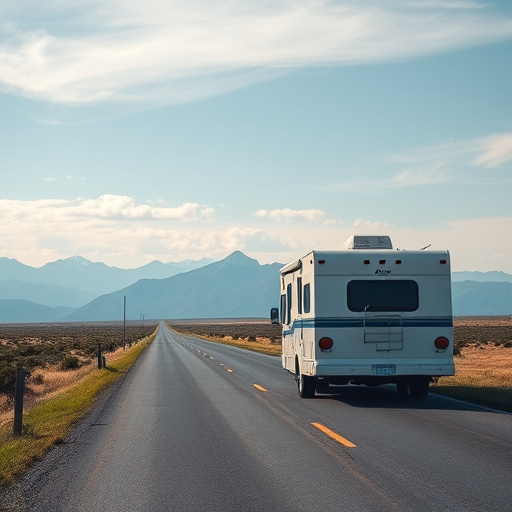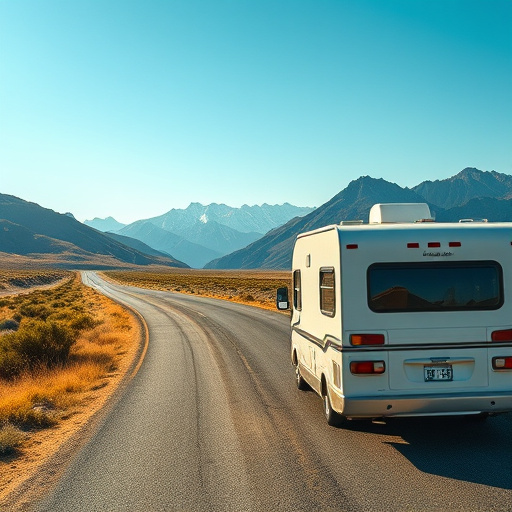Dump stations are essential resources for RVing beginners, offering a simple solution for waste management while ensuring hygiene and environmental preservation. Understanding their functionality, sorting guidelines, and etiquette is crucial for a smooth, respectful, and enjoyable RV journey. By adhering to practices like proper waste segregation, not overfilling, and respecting capacity, newcomers can contribute to a cleaner, more sustainable RV experience.
For RV enthusiasts and beginners alike, understanding dump station etiquette is crucial for a smooth and enjoyable RVing experience. This guide aims to equip you with the knowledge needed to navigate sanitation facilities responsibly. From mastering basic procedures to avoiding common mistakes, we’ll explore best practices ensuring a hygienic journey. Whether you’re a novice or seasoned RVer, these tips will empower you to maintain a clean environment while on the road, making your RVing adventures more satisfying for everyone.
- Understanding Dump Station Basics
- Best Practices for Responsible Waste Disposal
- Common Mistakes to Avoid While RVing
Understanding Dump Station Basics

Dump stations are an essential part of RVing for beginners and seasoned travelers alike, offering a convenient way to dispose of waste from your recreational vehicle. These stations are designed specifically for safe and efficient waste management during your travels. Understanding how dump stations work and following basic etiquette is crucial to maintaining a clean and healthy environment for everyone.
When using a dump station, it’s important to be mindful of the different types of waste each compartment is intended for. Typically, these include solid waste, grey water (from sinks and showers), and black water (from toilets). Proper sorting ensures that waste is treated and disposed of correctly, preventing potential sanitation issues. RVing beginners should take the time to familiarize themselves with the layout and guidelines at each dump station, ensuring a smooth and respectful experience for all users.
Best Practices for Responsible Waste Disposal

When RVing for beginners, understanding best practices for responsible waste disposal is key. One of the most important aspects is to always use designated dump stations, ensuring your waste is properly managed and minimizing environmental impact. Before dumping, take a moment to familiarize yourself with the station’s guidelines—these often include proper waste segregation, such as separating recyclables from non-recyclables and solid waste.
Respecting others and preserving the natural environment means following these simple rules. For example, never overfill dump stations or dispose of hazardous materials incorrectly. Remember, what you put into the system affects not just your RV journey but also local ecosystems and communities. So, stay informed, be mindful of your actions, and contribute to a cleaner, more sustainable RV experience for all.
Common Mistakes to Avoid While RVing

When embarking on your first RVing adventure, it’s crucial to be aware of common mistakes that can cause sanitation mishaps. A dump station is a vital part of RVing for beginners, but proper etiquette must be followed to ensure a smooth experience. One frequent error is not properly preparing waste tanks before arriving at the dump station. Always remember to treat your black and grey water tanks separately and ensure they are not overfull.
Another mistake is neglecting to check the dump station’s capacity and flow rates. Different stations have varying limits, so understanding their capabilities is essential. Additionally, RVing for beginners should be mindful of blocking the station’s access for other RVs and maintain a safe distance from neighboring vehicles. Remember to use all available space efficiently without causing congestion.
Dump station etiquette guides are essential resources for RVing beginners, ensuring a smooth and responsible waste disposal experience. By following best practices and avoiding common mistakes, RV owners can contribute to clean and sustainable camping environments. These guidelines empower newcomers to navigate dump stations confidently, making their RV adventures more enjoyable and environmentally friendly.
